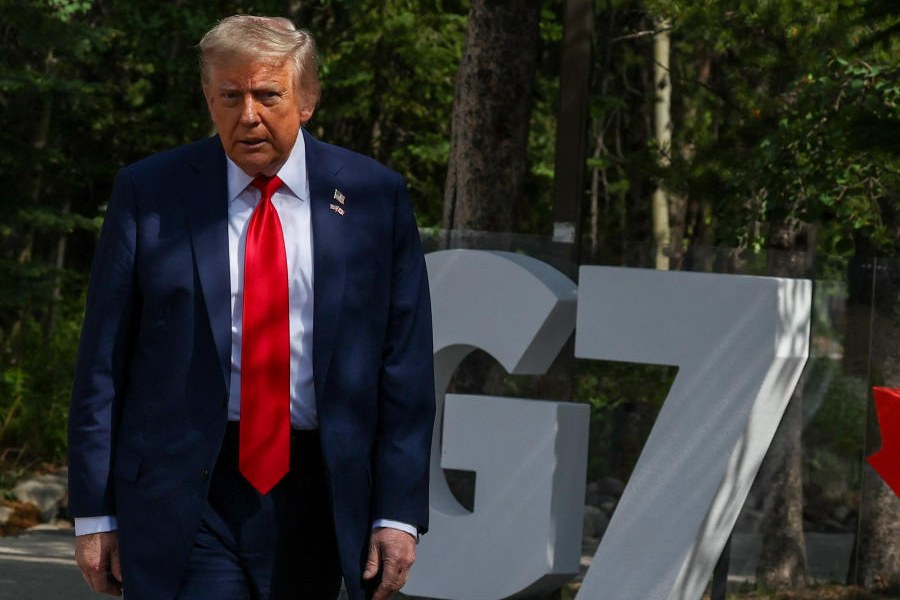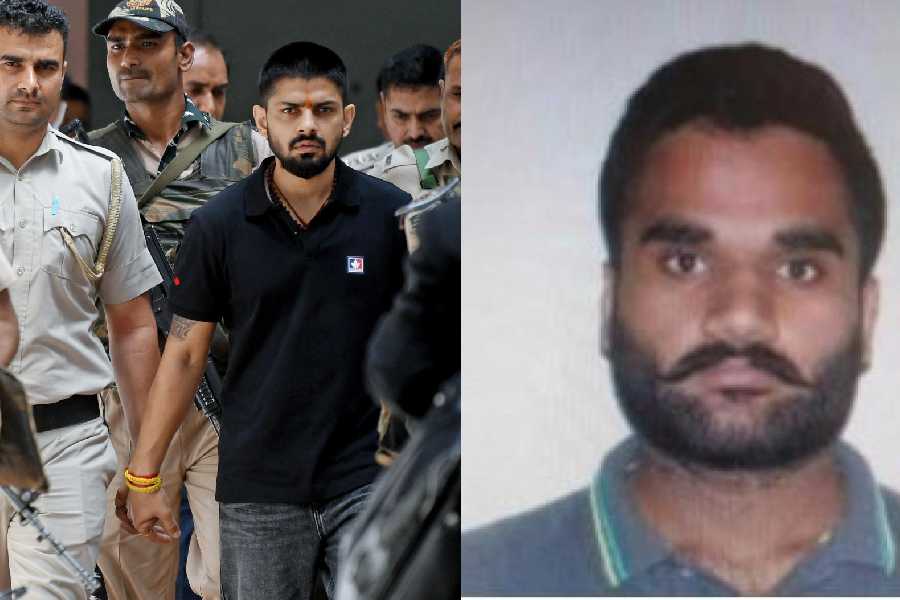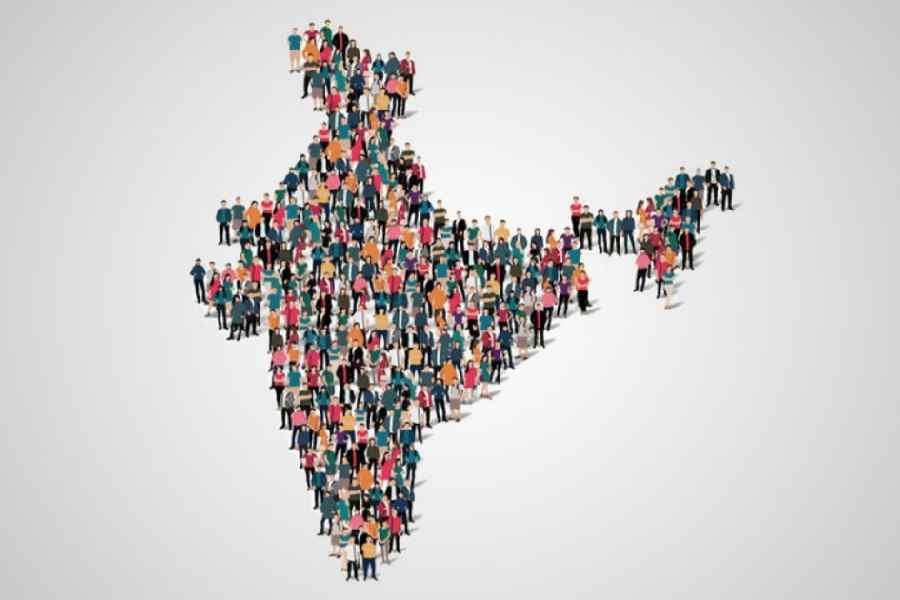
New Delhi: More than 100 BTech seats have remained vacant in the Indian Institutes of Technology for the second year running, prompting the IIT Council to mull the possibility of jettisoning the less popular courses.
Human resource development minister Prakash Javadekar told the Rajya Sabha on Thursday that 11,961 BTech seats had been filled this year in the 23 IITs, leaving 118 seats vacant. Last year, the number of vacant seats was 121 out of 10,997. (See chart)
IIT BHU and IIT Dhanbad have witnessed the highest vacancies.
"We have increased seats by (over) 1,000. And, out of the 12,079 seats (available), I am very happy to announce, 11,961 seats have been filled. The Other Backward Classes, Scheduled Caste (and) Scheduled Tribe quotas have completely been filled," Javadekar said.
He said that branches such as agricultural engineering, biochemical engineering and pharma engineering had witnessed falling demands because of the other specialised institutions teaching these courses.
"Students are taking admission (to) other institutions for these courses. In the next IIT Council meeting, we will discuss this issue," Javadekar, who heads the council, said.
Ministry sources said they had advised the IITs two years ago to discontinue the courses that are failing to attract students in large enough numbers. The council will meet here on August 21.
Some of the branches that are usually in high demand too have witnessed a few vacancies this year. An IIT Delhi teacher said that some students had blocked the seats during the seven rounds of counselling but failed to turn up for admission.
This year the IITs had created 800 supernumerary seats for female students. This has raised the enrolment of girls from 9 per cent last year to 15 per cent this year.










